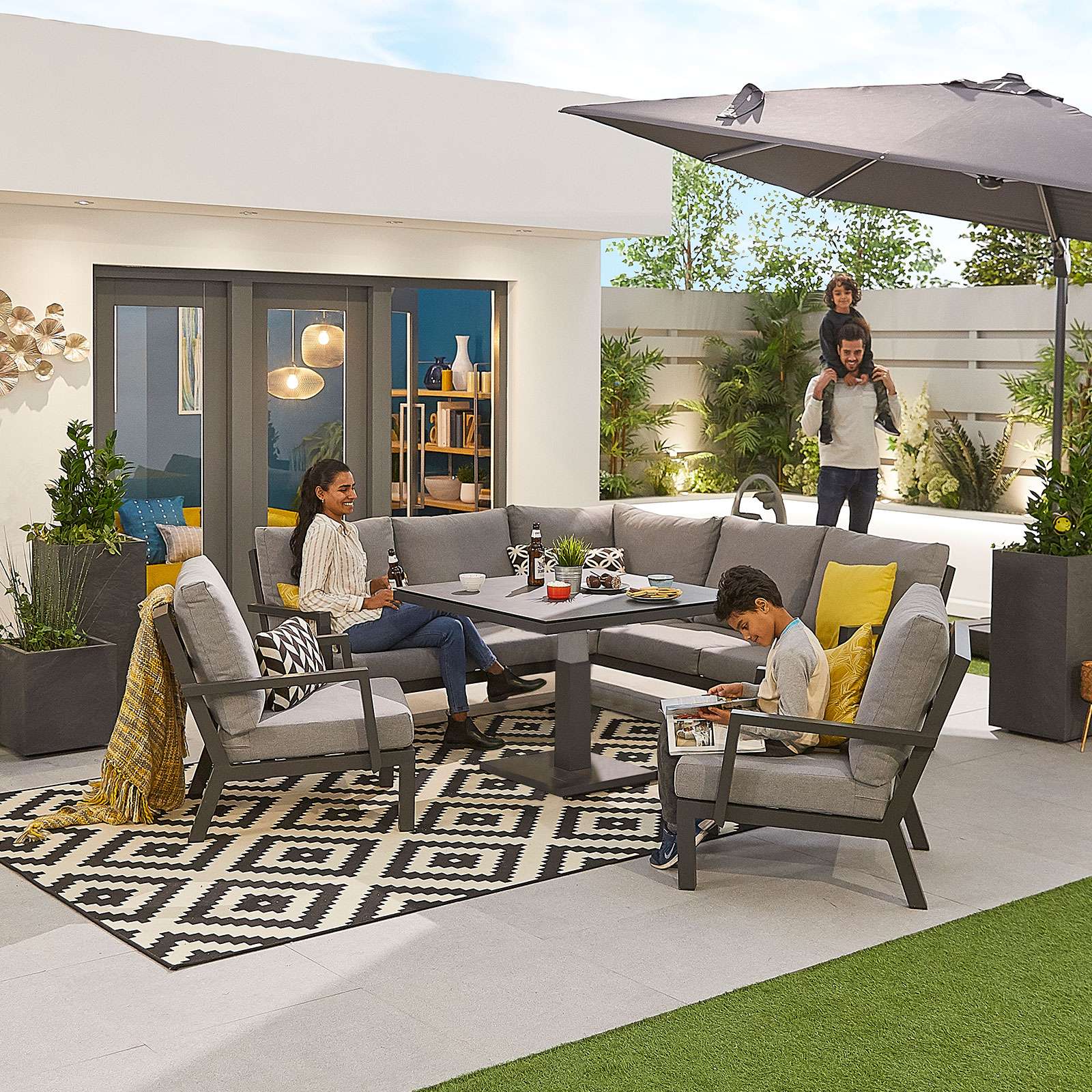It's easy to think that a TV can be dragged from inside to the outdoors, provided there's a plug within arm's reach. But there are reasons why certain TVs are built for the outdoors:
Outdoor TVs can withstand bad weather
Indoor televisions were built to be in an enclosed space. They're meant to stay dry and at room temperature because they have no features that offer protection whereas an outdoor television typically has:
- Sealed Vents, Grilles, Seams and Screwholes
- Built with tougher materials
- Temperature management features
- Weatherproofed entry points (i.e ports)
So unlike indoor TVs that rely on passive airflow for cooling, outdoor TVs can regulate temperature regardless of their location thanks to their built-in cooling systems. In addition, it's purpose-built to withstand the elements, keeping moisture out and its circuits dry.
Outdoor TVs Need To Be Brighter and Glare-proof
In their natural habitats, outdoor TVs have to adapt better than their indoor counterparts as they face challenges like sun glare and the change in brightness as the hours go by. As a result, outdoor TV screens have been equipped with anti-glare coatings and screens that also prevent reflections. This, then improves visibility in bright and sunny environments.
Unlike outdoor TVs, indoor televisions do not typically have anti-glare properties. Not only does this make it a non-viable option for outdoor use, but putting a television within range of a window's sunlight makes it difficult to view,
Outdoor TVs Have To Be Louder And Include High-Quality Audio
Although they are similar to indoor TVs in the sense that they both have the option to connect to external audio outputs, their audio capabilities are vastly different.
Typically, an indoor TV only has to provide enough volume to fill an enclosed space like a living room or bedroom. Whereas an outdoor TV's audio output spreads out to a wide area that may not even have walls to bounce noise off. Since outdoor TVs are used for functions like barbeques, outdoor viewing parties, etc, the speakers are loud enough to overpower any noise pollution that comes from their surroundings.

Outdoor TVs Have More Pre-Purchase Considerations Than Indoor TVs
Price
As you can expect with all the added features, an outdoor TV typically costs more than an indoor TV. In some cases by a 10 times multiplier, with a very high-quality indoor TV costing around £1k, whereas the highest tiers of outdoor TVs can cost around £10k and low tier costing around £2k.
HDR Support
To add to the budgeting implications, there are a number of Outdoor TVs that don't have HDR support because of their boosted brightness. As a result, Outdoor TV manufacturers often opt out of including HDR support, only adding it for additional costs. The same applies to automatic brightness adjustments to the change of brightness.
Smart TV Functions
Indoor TVs have notoriety in their online capabilities, with the ability to browse websites, open steaming apps, and in some very rare instances even have their own brand of games, they're a very viable option for a wide range of entertainment options.
Whereas outdoor TVs are built with rugged capabilities before smart in-app functionality options. The ones that do have smart functions typically cost more than the average outdoor television.
Port Selection
This is one of those features that we at Chimes Home and Garden seriously implore people to look into before making a big purchase. Outdoor TVs are built with stronger materials and parts that collectively take up a lot of internal space. As a result, a lot of outdoor televisions on the lower end of the pricing scale typically miss out on certain ports that you might find to be crucial in the future.
Double-check your needs against the features, whether it's the number of HDMI ports that can connect consoles, media players, and PCs/laptops, or ethernet cable ports, or even additional theater gear. You must check that you have the necessary ports for your own personal needs.
Although, it's worth noting that many outdoor TVs have connectivity options like HDBaseT. Features like this can transmit HD video, audio, and ethernet in the TV's power cable, or over the Ethernet. Which in a sense, lets you send high-res signals over even longer distances than your standard HDMI cables can.
If You're On The Market For An Outdoor TV
We solve these considerations for you with a selection of outdoor TVs that cover all price points, and a vast array of functionality and have financing options available when you shop with us.






